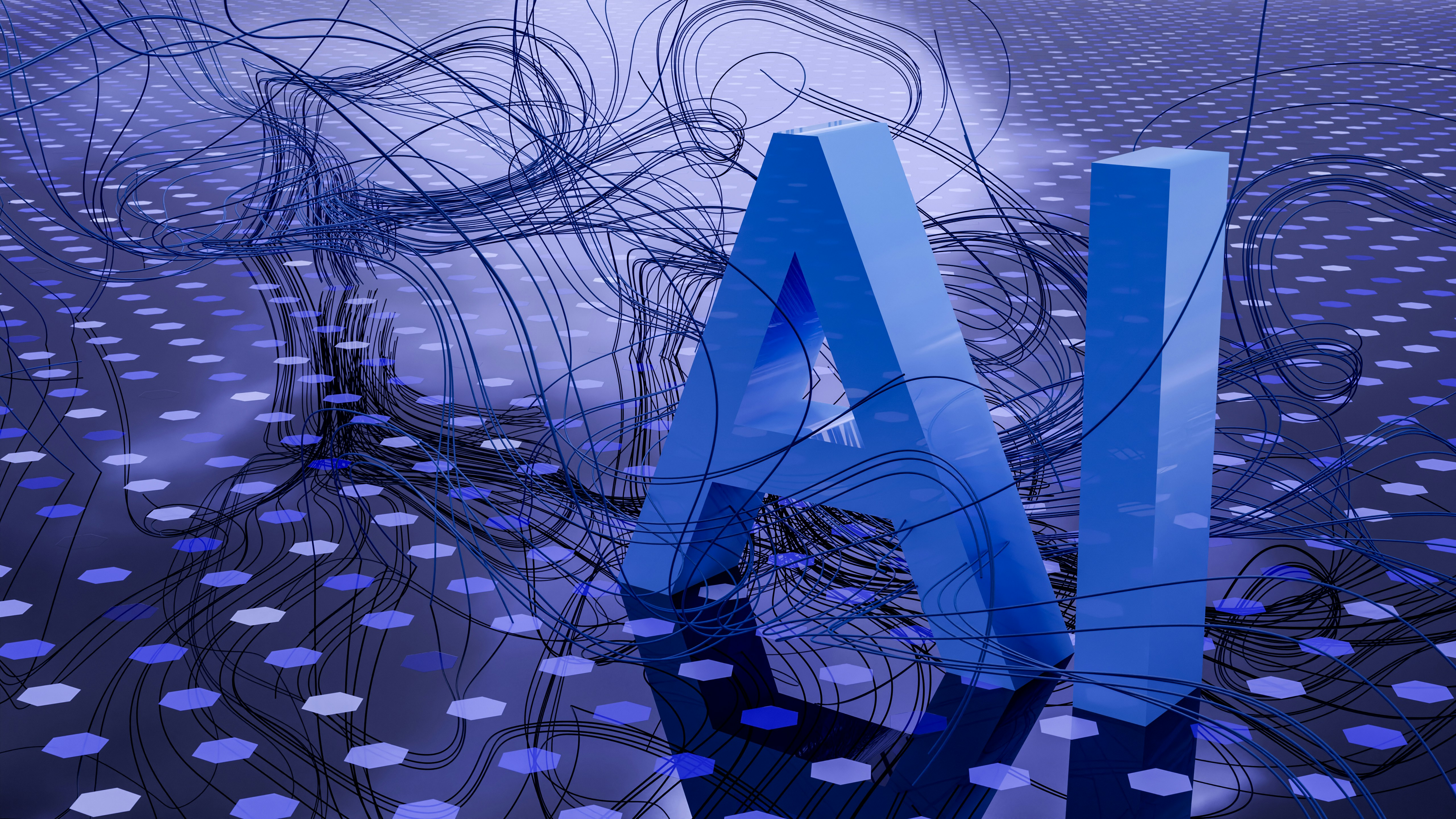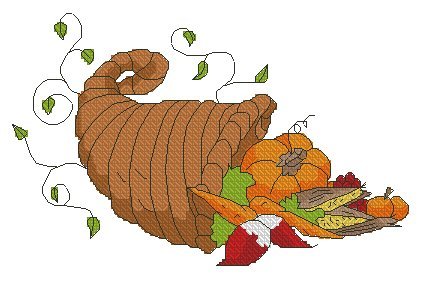Introduction to AI Image Generation
Artificial Intelligence (AI) has undergone remarkable advancements that have profoundly transformed various fields, including the domain of visual art and design. AI image generation refers to the process where algorithms leverage machine learning techniques to create images ranging from realistic photographs to imaginative artworks. These tools utilize an expansive dataset that includes various styles, colors, and themes to produce stunning visuals that can meet the precise needs of artists, designers, and content creators alike.
The emergence of AI technologies has opened new avenues in creative expression, allowing users to generate high-quality visuals with unprecedented ease. As a result, artists are now able to harness the power of AI image generation tools to enhance their creative process. These tools facilitate greater experimentation, enabling artists and designers to explore ideas that they may not have considered previously. By integrating AI into their workflows, they can incorporate unique designs and concepts while conserving valuable time and resources.
Moreover, the significance of these tools extends beyond individual creativity. They also hold substantial potential within the affiliate marketing landscape, wherein stunning visuals play a crucial role in attracting and retaining audiences. Tools capable of generating eye-catching images can enhance the effectiveness of marketing campaigns, ultimately leading to higher engagement and conversions. As we delve deeper into the top AI image generation tools available in 2025, it becomes clear that these innovations are integral to the evolution of the creative industries. By embracing these technologies, users can unlock their full creative potential and utilize resources like tech SaaS blogs for further insights into innovative solutions that bridge art and technology.
Criteria for Selecting the Top AI Image Generation Tools
When evaluating AI image generation tools, several key criteria must be considered to determine their effectiveness and suitability for various user requirements. User-friendliness is paramount; tools that offer intuitive interfaces attract both beginners and seasoned professionals alike. A simple yet powerful design enables users to produce stunning visuals without the need for extensive training in AI or graphic design, making it accessible to those exploring affiliate marketing or trying to enhance their tech SaaS blog.
Diversity of styles is another critical aspect that differentiates these tools. A strong offering should allow users to create a range of visuals that cater to different tastes and preferences. Whether it be realistic images, abstract designs, or artistic renderings, users should find ample options to express their creativity. This is beneficial not only for personal projects but also for professional applications in fields such as advertising, where varied imagery can significantly enhance a brand’s outreach.
Output quality plays a significant role in the selection process. High-resolution images that maintain clarity and detail are essential for professional use. Tools that prioritize quality enable users to project a polished and credible image, essential for high CPM opportunities. Additionally, speed is a crucial factor; tools that can generate images quickly allow users to be more efficient in their workflows, leading to better productivity, especially in an environment that often demands rapid content creation.
Next, customization options should not be overlooked. The best AI image generation tools allow users to fine-tune output based on specific parameters, providing them with the flexibility to tailor images according to their unique vision. Finally, the capability for integration with other software or platforms is vital, as seamless connectivity enhances the overall workflow. By prioritizing these criteria, users can effectively select AI image generation tools that fit their needs and help them produce visually captivating content in 2025.
Top 10 AI Image Generation Tools for 2025
The landscape of AI image generation is rapidly evolving, with numerous tools emerging to cater to the diverse needs of creators and marketers alike. In 2025, several standout tools have gained prominence due to their unique features and capabilities.
First on the list is Midjourney, celebrated for its ability to produce artistic visuals through simple text prompts. Users have praised it for its intuitive interface and ability to generate intricate designs that cater to a wide array of artistic styles. This makes it an ideal choice for graphic designers and visual artists seeking inspiration or unique artworks without extensive experience in technical software.
Another notable tool is DALL-E 2 developed by OpenAI, known for its impressive image output with logical coherence and creativity. With a focus on commercial applications, many marketers have utilized DALL-E for product mockups, giving them an edge in affiliate marketing strategies.
DeepArt provides users with an opportunity to apply various artistic styles to their images. This tool is particularly beneficial for those focused on transforming photographs into artwork. Its wide range of filters allows for adaptations that resonate well with customer preferences in sectors like digital art sales.
Next is Runway ML, which offers robust video and image generation features that appeal to multimedia creators. Its advanced capabilities allow for seamless integration with other tools, making it popular among tech SaaS blogs and creative agencies looking to streamline their workflow.
Artbreeder enables users to blend various images, which can be incredibly useful for designers seeking to innovate in their projects. It fosters collaborative creation and has garnered positive feedback for its community-driven approach.
Photosonic is also gaining traction, particularly among social media marketers, for its quick and effective generation of shareable content. Users appreciate its fast processing time and user-friendly platform, allowing them to keep pace with the demands of high CPM campaigns.
Not to be overlooked, NightCafe Studio offers an extensive range of styles and tools to create stunning visuals tailored to personal or commercial needs. Customers commend it for its versatility and ability to produce unique artworks efficiently.
Further enhancing the lineup is Deep Dream Generator, which uses neural networks to create unique dream-like visuals, attracting artists and content creators alike. Its surreal output has found a niche in the world of online content, gaining popularity on various social platforms.
Lastly, Pixray, an open-source tool, has garnered attention for those inclined toward customizability and programming. Users have shared successes in utilizing its extensive features to create tailored visuals that stand out in saturated markets.
These ten tools showcase the future of AI image generation, catering to diverse needs ranging from artistic adaptability to commercial applicability. As creators leverage these platforms, user experiences highlight their growing importance in enhancing creativity and marketing strategies.
Future of AI in Image Generation and its Impact on Creativity
The future of artificial intelligence (AI) in image generation holds immense promise for enhancing creativity across various domains. As we advance into the latter half of the decade, it is anticipated that AI technologies, particularly in tech SaaS applications, will continue to evolve significantly. Innovations in machine learning algorithms, particularly Generative Adversarial Networks (GANs), are set to expand the capabilities of AI image generation tools, allowing them to produce increasingly intricate and unique visual content. This will empower creators and designers to explore uncharted territories of artistic expression, blending human creativity with machine-assisted efficiency.
As AI tools enable faster and more versatile production of images, a crucial consideration will be the balance between human creativity and AI support. While AI can generate stunning visuals at a high CPM, the distinctive insights and emotional connections that human artists provide will remain irreplaceable. Thus, rather than viewing AI as a threat to creative professions, it should be seen as a valuable tool that enhances creative processes, fostering collaboration between humans and machines. This synergy can lead to innovative outcomes, unlocking new avenues for artistic exploration that were previously unimaginable.
However, the rapid advancement of AI tools also brings with it ethical challenges concerning copyright and originality in AI-generated art. As artists incorporate AI-generated images in their work, questions surrounding ownership and the originality of these creations arise. Future regulations and guidelines are likely to shape how creators can ethically utilize AI, ensuring that the rights of both human and AI contributions are respected. Engaging in discussions around these ethical implications will be essential as we navigate the evolving landscape of affiliate marketing and creativity, preparing for a future where technology plays an integral role in the arts.



